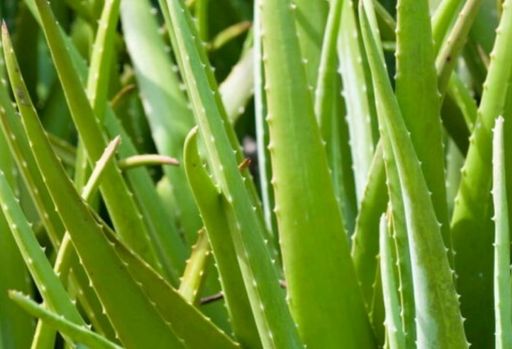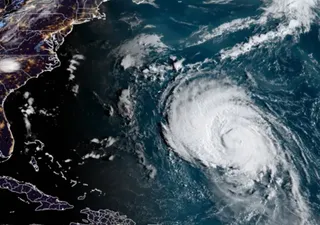Danger: Bottled Water! The Hundreds of Thousands of Small Plastics We Drink
A new scientific study dives into the little-known realm of nanoplastics, the generation of microplastics that have been further subdivided. They detected between 10 and 100 times more particles than previous estimates.
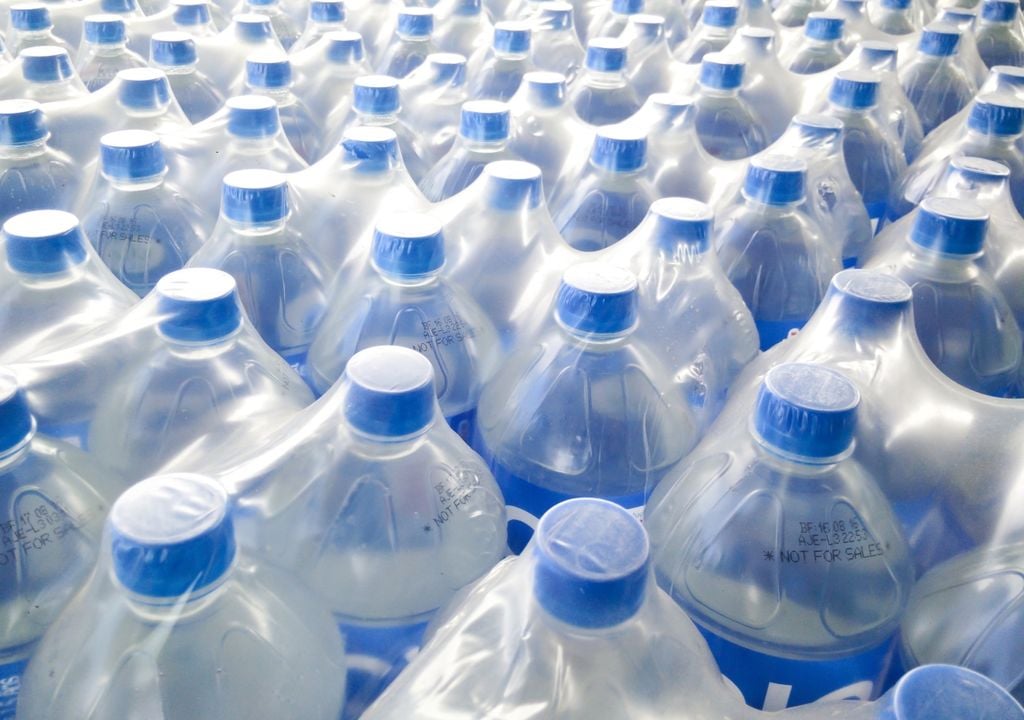
Microplastics have been in the eye of the storm in recent years, to the extent that the advancement of science has made their greater degree of knowledge possible, to the point of discovering their presence contaminating expected but also unusual places, such as human blood or top of Mount Everest.
These particles, which form when plastics break down into smaller and smaller pieces, are being consumed by humans and animals, with possible unknown effects on health and the ecosystem.
In this sense, a particular focus of interest has always been the bottled water we drink. These water bottles have been shown to contain tens of thousands of identifiable fragments. Now, using newly perfected technology, researchers have entered a whole new plastic world: the little-known realm of nanoplastics, the generation of microplastics that have been further subdivided.
For the first time, scientists were able to count and identify these tiny particles in bottled water. They found that, on average, one liter contained about 240,000 detectable plastic fragments, between 10 and 100 times more than previous estimates, which were mainly based on larger sizes.
They are defined as fragments ranging from 5 millimeters to 1 micrometer, which is one-millionth of a meter.
Nanoplastics:
they are particles less than 1 micrometer, they are measured in billionths of a meter.
According to phys.org, nanoplastics are so small that, unlike microplastics, they can pass through the intestines and lungs directly into the bloodstream and from there travel to organs such as the heart and brain. They can invade individual cells and cross the placenta to the bodies of fetuses. Medical scientists are racing to study possible effects on a wide variety of biological systems.
"Previously this was just a dark, unexplored area. Toxicity studies were just guessing what was there," said co-author of the study published in the journal Proceedings of the National Academy of Sciences, Beizhan Yan, an environmental chemist at the Lamont Earth Observatory. Doherty of Columbia University. "This opens a window where we can look into a world that was not exposed to us before."
More and more plastic
Global plastic production is approaching 400 million metric tons per year . More than 30 million tons are dumped into water or land annually, and many products made from plastics, including synthetic textiles, release particles while still in use.
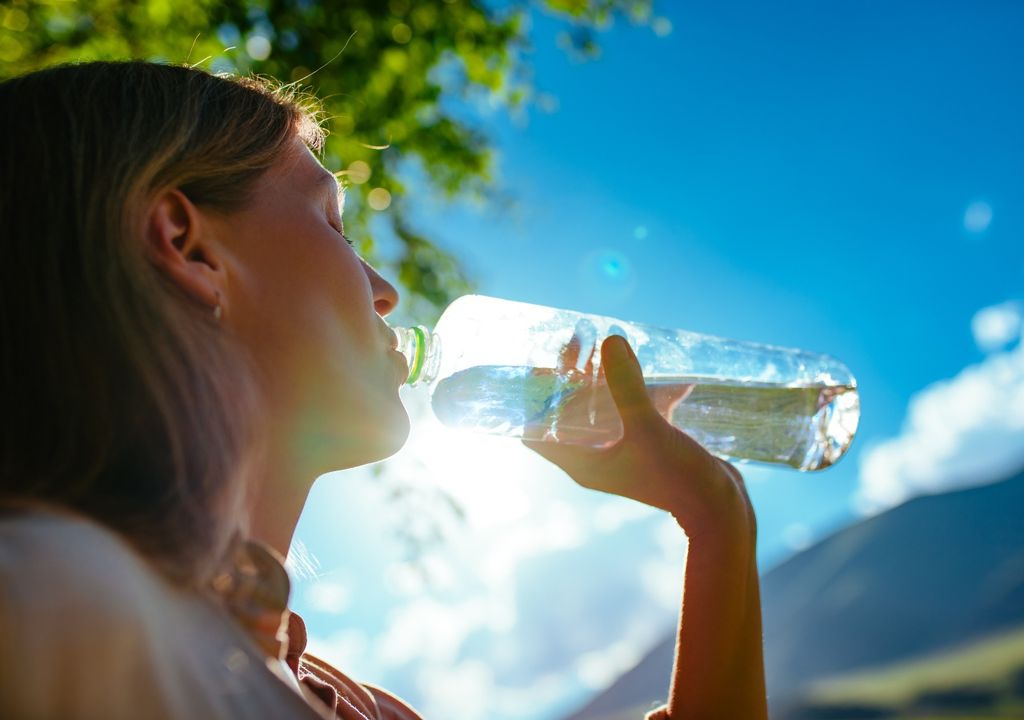
Unlike natural organic matter, most plastics do not break down into relatively benign substances; They simply split and split again into smaller and smaller particles of the same chemical composition. Beyond individual molecules, there is no theoretical limit on how small they can get.
Plastics in bottled water largely became a public problem after a 2018 study detected an average of 325 particles per liter; Later studies multiplied that number many times over. Scientists suspected there were even more than they had counted so far, but good estimates were limited to sizes smaller than 1 micrometer, the limit of the nanoworld.
From 110,000 to 370,000 plastic particles per liter of water
The new study uses a technique called stimulated Raman scattering microscopy, which was co-invented by study co-author Wei Min, a Columbia biophysicist. This involves probing samples with two simultaneous lasers that are tuned to resonate specific molecules. Focusing on seven common plastics, the researchers created a data-driven algorithm to interpret the results. "It's one thing to detect, but another to know what you're detecting," Min said.
They detected between 110,000 and 370,000 particles in each liter, 90% of which were nanoplastics.
The researchers tested three popular brands of bottled water sold in the United States (they declined to name which ones), analyzing plastic particles down to just 100 nanometers in size.
They detected between 110,000 and 370,000 particles in each liter, 90% of which were nanoplastics; the rest were microplastics. They also determined which of the seven specific plastics they were and plotted their shapes, qualities that could be valuable in biomedical research.
One of the most common was polyethylene terephthalate or PET. This wasn't surprising, since that's what many water bottles are made of. (It is also used for bottled soft drinks, sports drinks, and products like ketchup and mayonnaise.) It probably enters the water when pieces break off when the bottle is squeezed or exposed to heat.
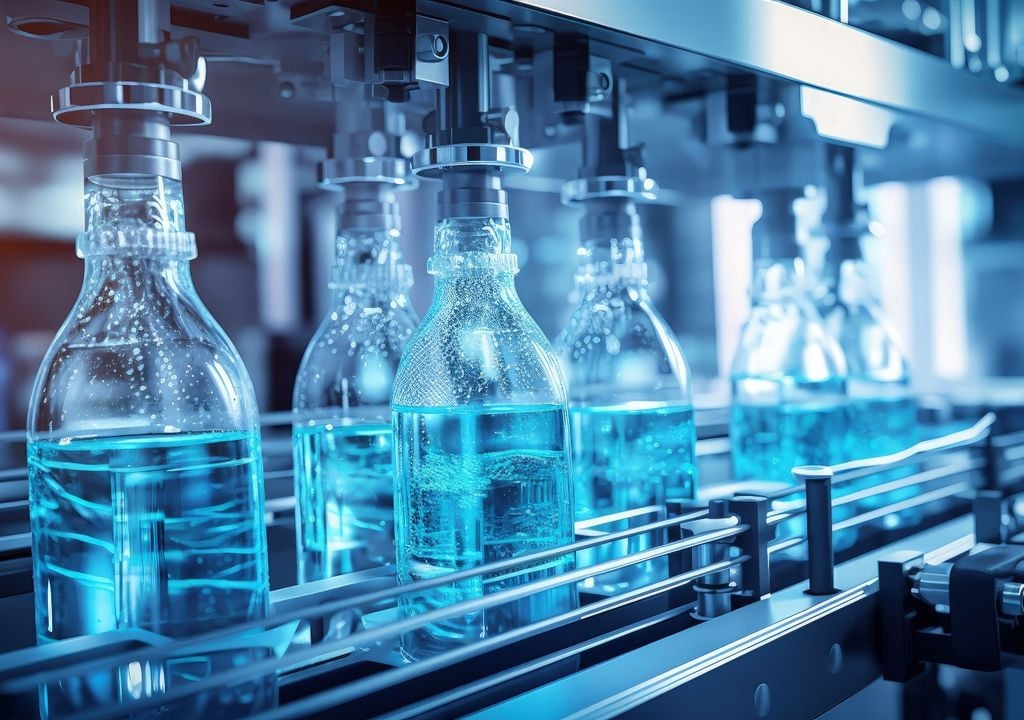
However, PET was outnumbered by polyamide, a type of nylon. Ironically, Beizhan Yan said, that probably comes from plastic filters used supposedly to purify water before bottling it. Other common plastics the researchers found are polystyrene, polyvinyl chloride, and polymethyl methacrylate, all used in various industrial processes.
A disturbing fact reported by phys.org is that the seven types of plastic the researchers looked for represented only about 10% of all the nanoparticles they found in the samples; They have no idea what the others are. If they are all nanoplastics, that means they could add up to tens of millions per liter.
"It's not totally unexpected to find so much of this material," said the new study's lead author, Naixin Qian, a Columbia chemistry graduate student. "The idea is that the smaller things get, the more there is. "
News reference:
Naixin Qian, et.al. Rapid single-particle chemical imaging of nanoplastics by SRS microscopy. Proceedings of the National Academy of Sciences.


